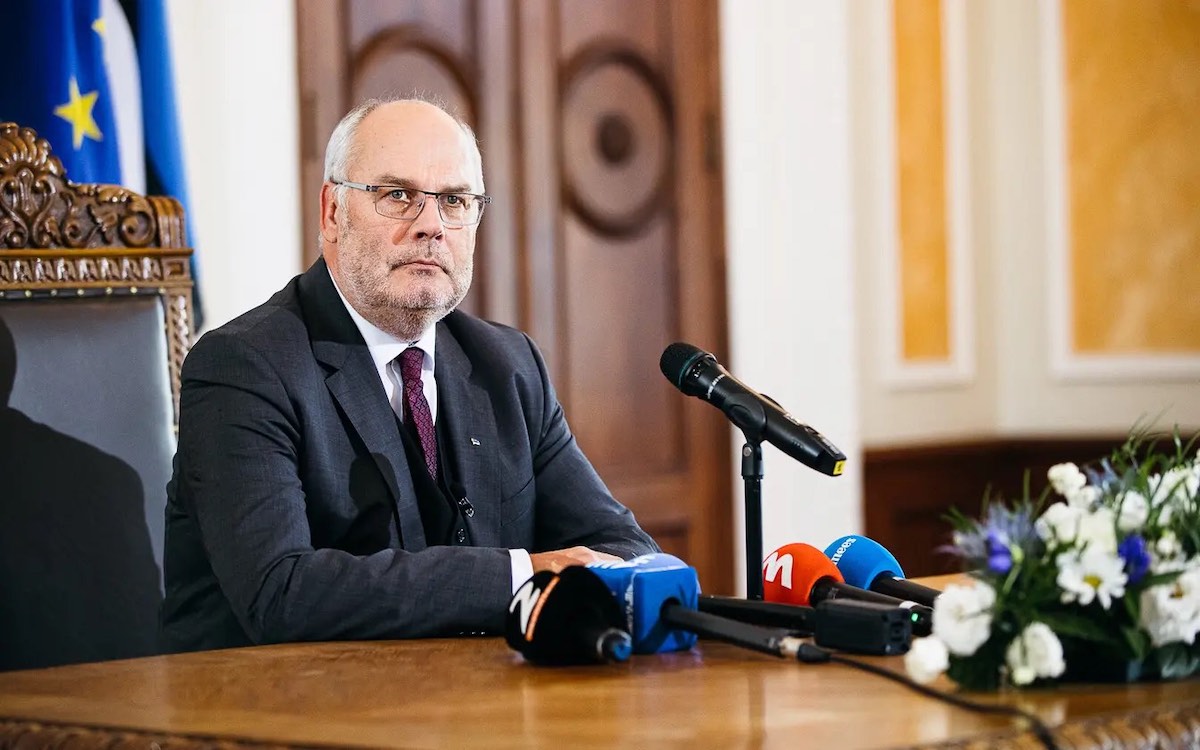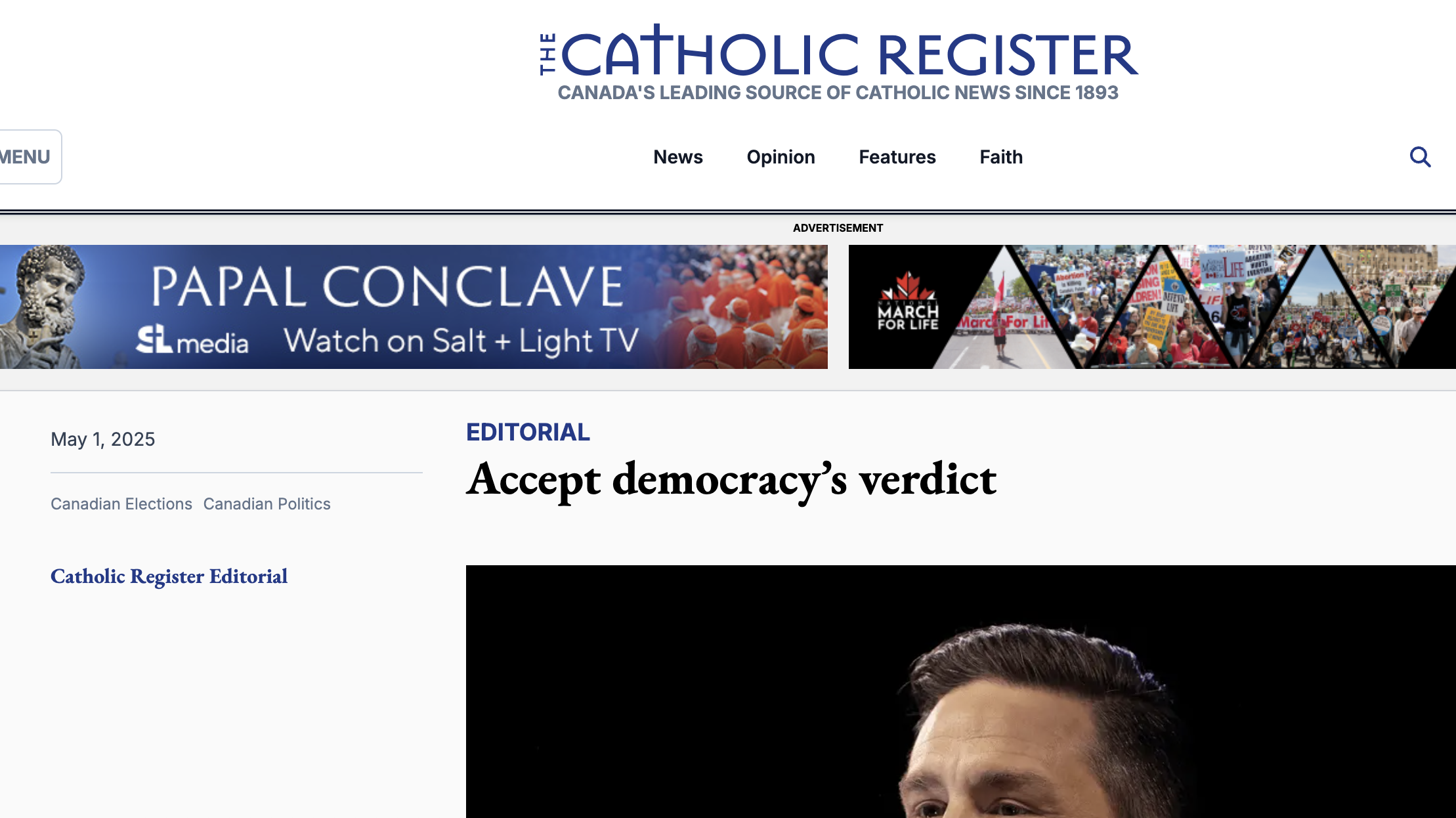If the vote goes to the Electoral Body, non-citizens who are allowed to vote in local elections, but not in parliamentary elections, have had the same influence as citizens in the presidential vote, by electing local council members who then were chosen for the Electoral Body electing the president.
This indirect election process has been criticized from its inception in 1996. In fact it has been one of EKRE’s main goals, especially recently with organized public demonstrations.
Proponents of direct presidential elections argue that the electorate want to decide for themselves who’s to be president. They say it’s only possible through a direct vote that the country’s head of state and representative has the support and trust of its citizenry.
(Read more: Estonian Life No. 35 2021 paber- and PDF/digi)
Laas Leivat, Toronto




